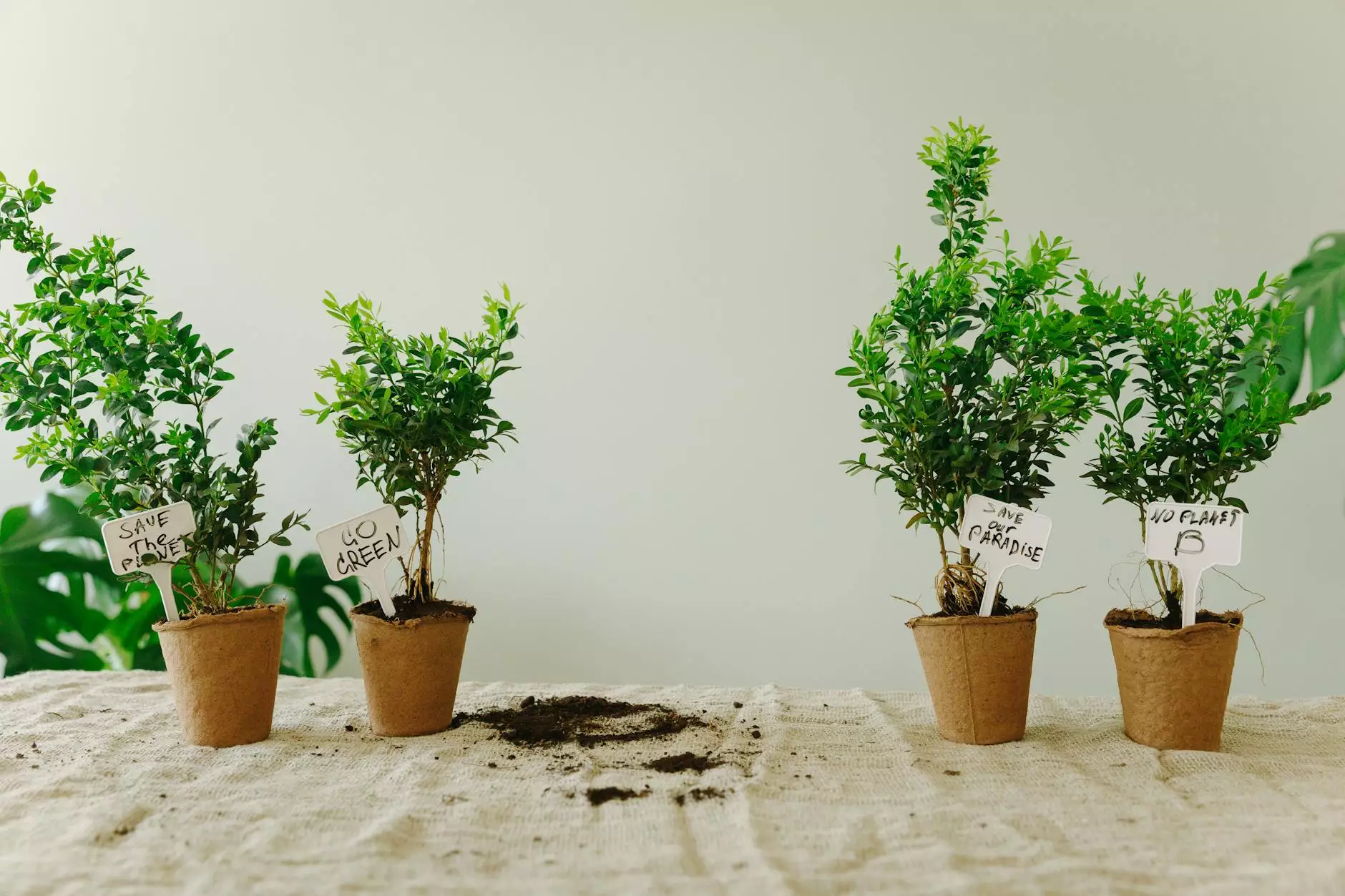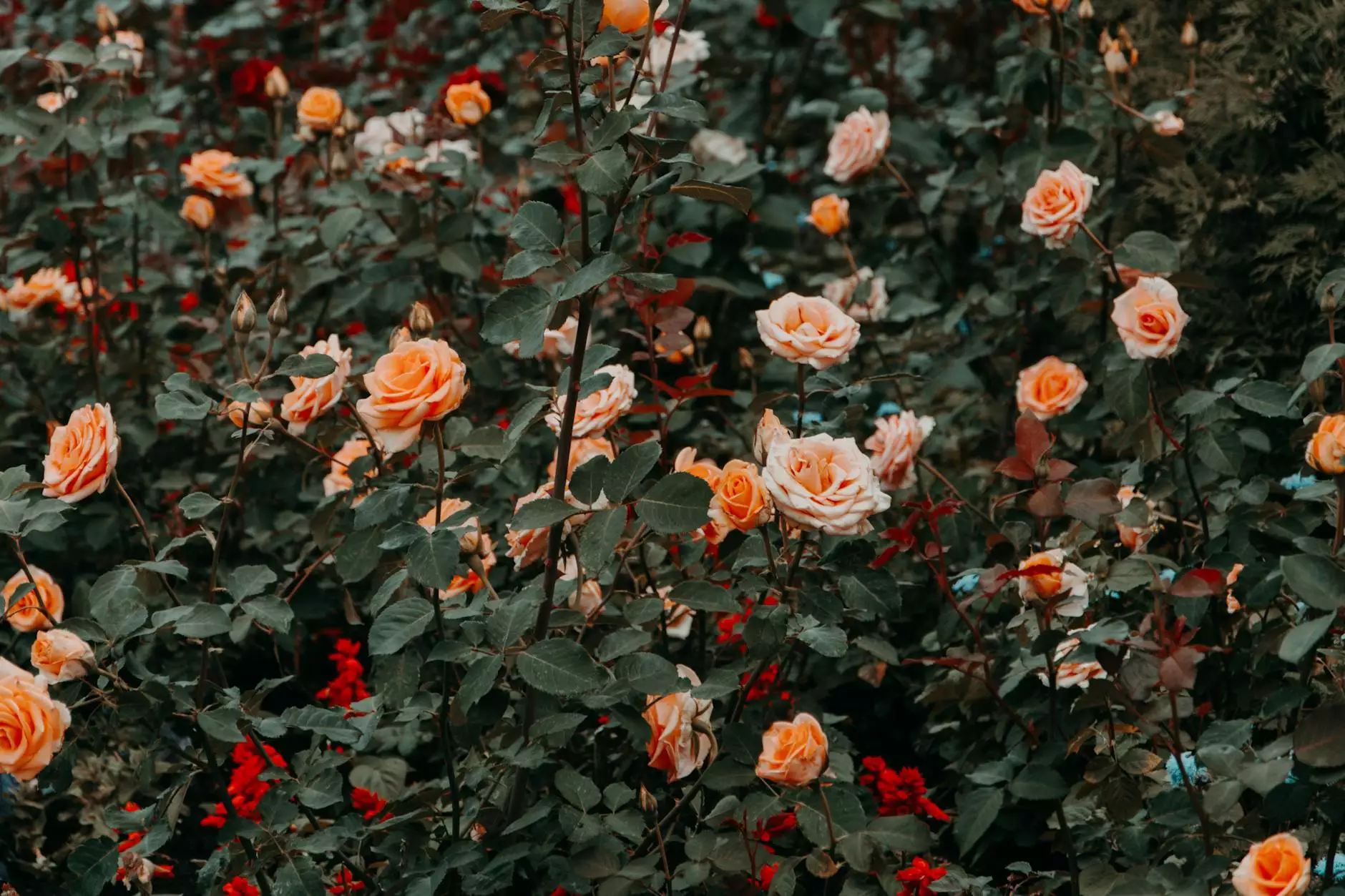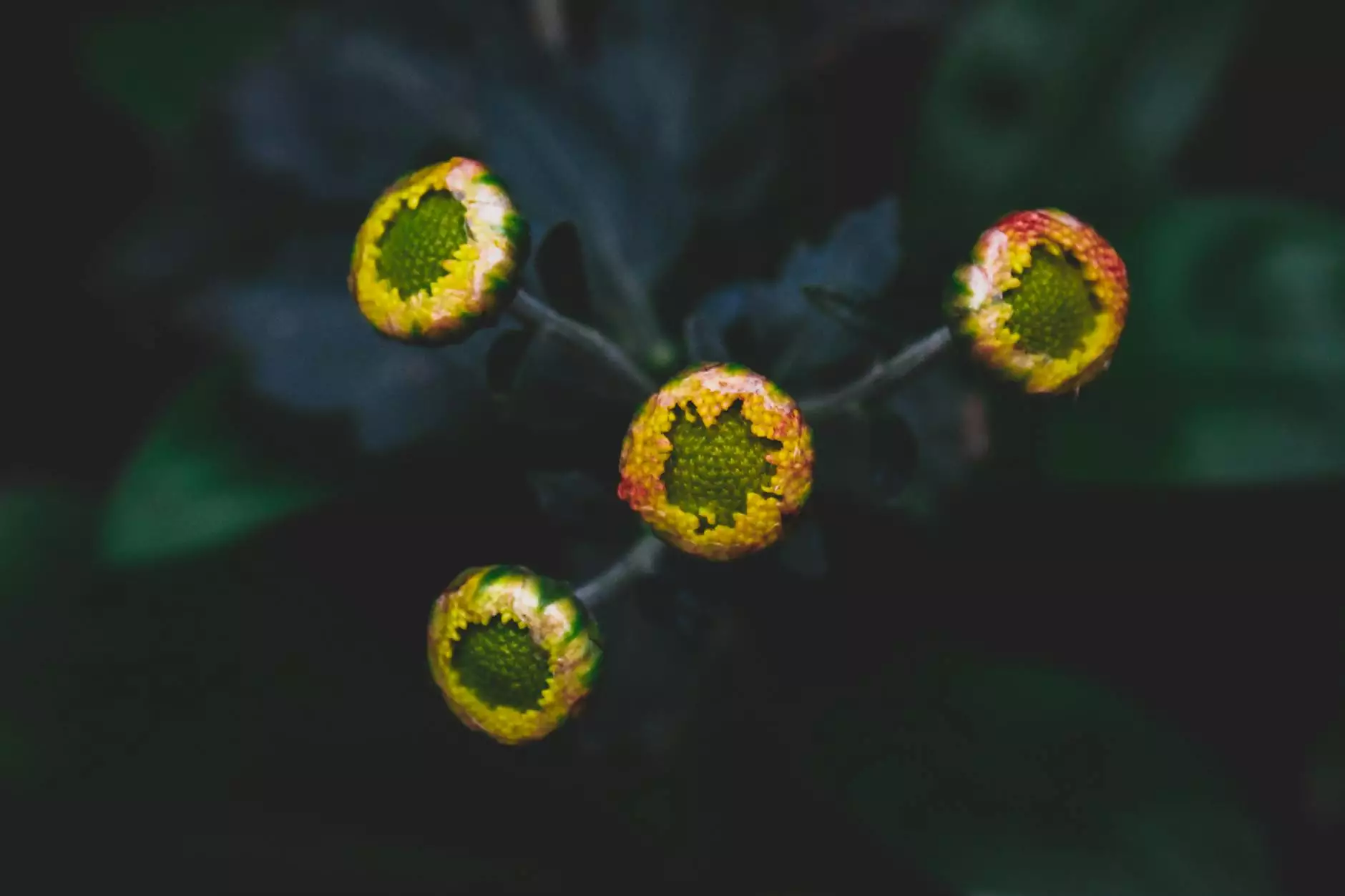Miniature Indoor Plants - Care Advice

Introduction
Welcome to La Venezia Art & Fashion's comprehensive guide on caring for miniature indoor plants. Whether you're new to indoor gardening or a seasoned plant enthusiast, this in-depth article will provide you with the knowledge and tips you need to successfully nurture and maintain these small, yet beautiful botanical wonders.
Benefits of Miniature Indoor Plants
Miniature indoor plants offer several benefits that make them an excellent choice for any space:
- Compact Size: The small size of miniature plants makes them perfect for apartments, offices, or any limited space.
- Aesthetically Pleasing: These tiny plants can bring a touch of nature indoors, adding a fresh and vibrant element to your decor.
- Improved Air Quality: Miniature indoor plants are known for their air-purifying properties, helping to remove harmful toxins and pollutants from the environment.
- Stress Relief: Studies have shown that caring for plants can reduce stress levels and improve overall well-being.
Choosing the Right Miniature Indoor Plant
When selecting the perfect miniature indoor plant for your space, consider the following factors:
- Lighting Conditions: Different plants have varying light requirements, so ensure you choose one that matches the available light in your home or office.
- Watering Needs: Each plant has specific watering needs, and it's crucial to select a plant that matches your watering routine.
- Space Constraints: Miniature plants come in various sizes, so assess the available space to determine which plant fits best.
- Care Requirements: Some plants require more attention and care than others, so make sure to choose one that aligns with your gardening experience and time commitment.
Popular Varieties of Miniature Indoor Plants
There's a wide range of miniature indoor plants to choose from, each with its unique characteristics and care requirements. We've compiled a list of popular varieties to help you make an informed decision:
Succulents
Succulents, such as Aloe vera, Echeveria, and Haworthia, are ideal for beginners as they are low-maintenance and drought-tolerant. These plants store water in their leaves, making them suitable for those who occasionally forget to water.
Air Plants
Tillandsias, commonly known as air plants, are fascinating and easy-to-care-for plants that don't require soil. They absorb moisture and nutrients from the air, allowing them to thrive in various environments.
Bonsai Trees
Bonsai trees are miniature versions of full-sized trees and are known for their artistic appeal. Despite their small size, they require diligent care and specific pruning techniques to shape them into beautiful, miniature masterpieces.
Orchids
Miniature orchids, such as Phalaenopsis and Dendrobium, bring elegance and exotic beauty to any indoor space. These delicate plants require a careful balance of humidity, light, and temperature for optimal growth.
Caring for Miniature Indoor Plants
Proper care is vital for the well-being and longevity of your miniature indoor plants. Follow these essential tips to ensure their health:
1. Light Requirements
Place your miniature indoor plants in areas that provide the appropriate amount of light based on their specific needs. Some plants thrive in bright indirect light, while others require direct sunlight.
2. Watering
Water your plants according to their moisture preferences. Avoid overwatering, as this can lead to root rot. Be sure to use well-draining pots and allow the soil to dry out slightly between waterings.
3. Humidity
Many miniature indoor plants benefit from increased humidity levels. Mist them regularly or place a humidifier nearby to create the optimal humidity conditions for their growth.
4. Fertilization
Feed your miniature indoor plants with a balanced liquid fertilizer during the growing season. Follow the instructions on the fertilizer packaging for the correct dilution and frequency.
5. Pruning
Regular pruning helps maintain the shape and size of your miniature indoor plants. Use clean and sharp pruning shears to remove dead or damaged leaves and stems.
6. Pest Control
Monitor your plants for any signs of pests, such as aphids or spider mites. If infestation occurs, treat them promptly with appropriate organic or chemical pest control methods.
Conclusion
Cultivating miniature indoor plants is a rewarding and delightful experience that allows you to bring nature indoors. With the right care and attention, these small wonders will thrive, adding beauty and freshness to your living or working space. Remember to choose the right plant, provide adequate care, and enjoy the many benefits of having these miniature botanical gems in your life.










